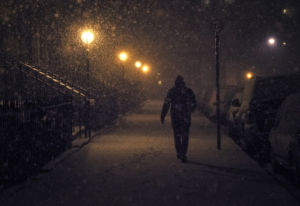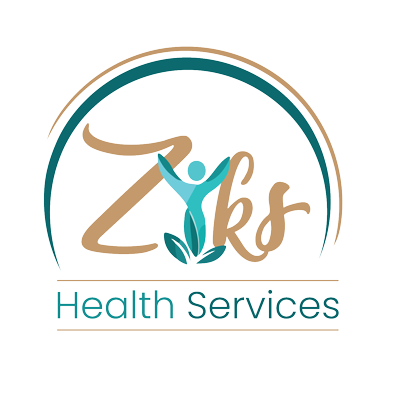If you asked the average person what their favorite season is, you’d get a variety of answers and justifications. Those who love beaches will be quick to profess their love for the summer season, while others will swear by the magic of roasting marshmallows over a fire in winters.
But did you know it’s possible to feel physically depressed in certain seasons? This is known as “Seasonal Affective Disorder” and can cause people suffering from it to feel extremely distraught without therapy and medication.
If you’re curious to know more, here’s a summary of the causes and symptoms of seasonal affective disorder.
Causes
Seasonal affective disorder (SAD) is typically caused by a lack of exposure to sunlight during the colder months of fall and winter. When we don’t get enough sunlight, our brain doesn’t create enough serotonin—the hormone that regulates our mood. For the average person this results in feeling slightly sad.
However, those suffering from SAD go beyond simply feeling blue. They enter into manic depressive states and become driven to constantly think negative thoughts due to the lack of serotonin in their bodies.
Symptoms
SAD manifests as a general feeling of hopelessness. It can cause sufferers to lash out in anger at loved ones and feel demotivated to do things they normally enjoy. It also causes your brain to focus on overeating junk food to replicate the pleasurable feeling of a serotonin release.
In severe SAD cases, patients begin to have suicidal thoughts and no longer feel worthy. Fortunately, those suffering from SAD return to normalcy during spring and summer. However, if you have symptoms of SAD, we recommend seeking professional help from professional mental health services instead of waiting for the season to change.
Treatments
SAD is caused by a lack of exposure to sunlight. Therefore, one way to treat SAD patients is by getting them to sit near a bright light that mimics the sunlight every morning. This is known as light therapy and promotes the production of serotonin to regulate patients’ moods.
It’s possible to reverse the effects of SAD by surrounding yourself with friends and family that’ll lend you social support. However, both light therapy and a support structure aren’t guaranteed to remedy SAD – we recommend seeking help from a professional psychiatrist.

If you don’t want the season to dictate how you feel each year, then you must reach out to psychiatric services for help. At Ziks Health Services, we’ll start by assessing your brain functions using our cognitive assessment tool. Our team of experts will then recommend the best mental health remedies to make you feel better.
Whether you want to drop into our facility for depression treatment or make an appointment for our virtual telepsychiatry services, you can rest assured we’ll deliver a complete mental wellness program tailored to your needs.
Drop us a message today to learn more about our behavioral health services.

